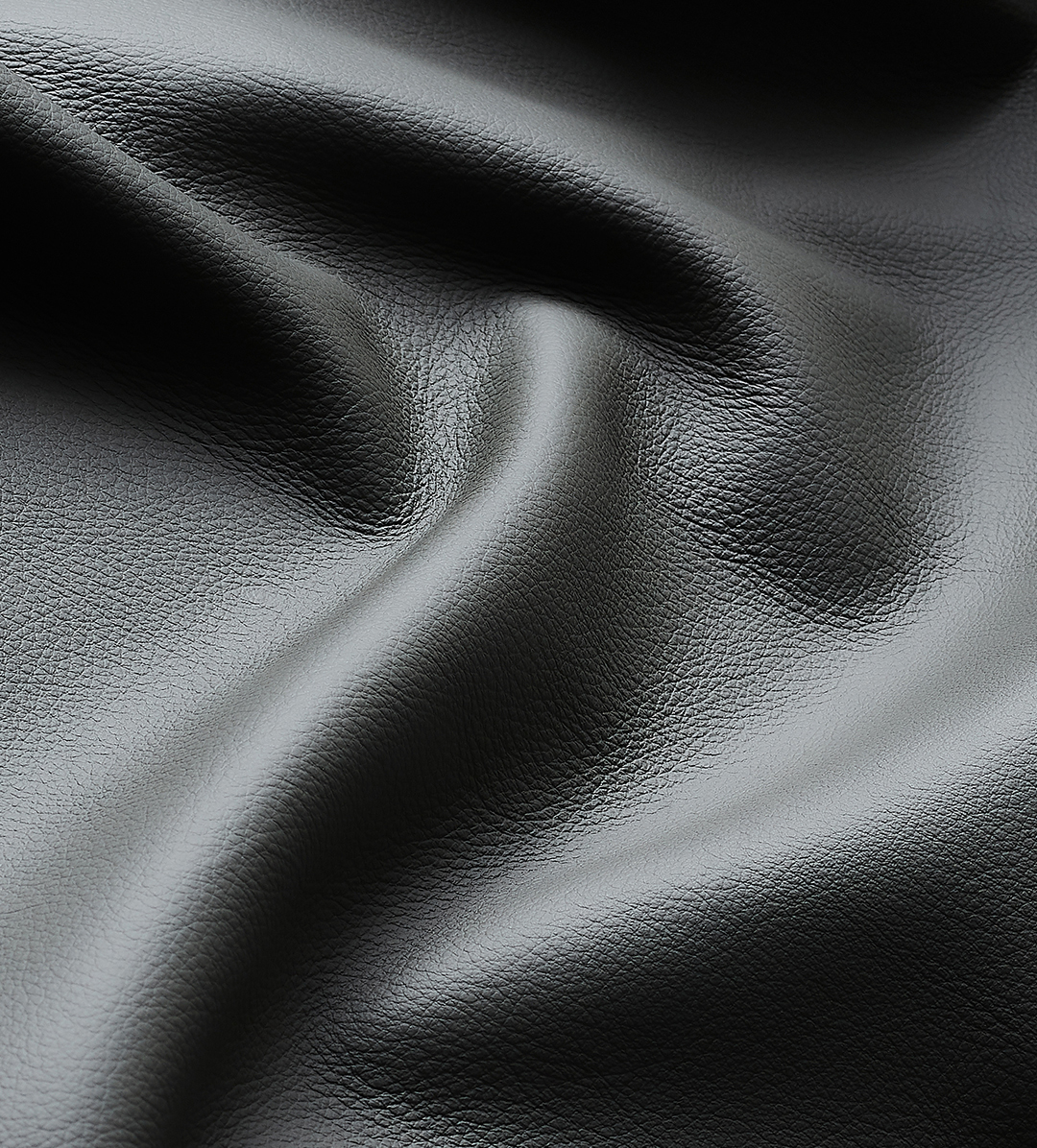artificial leather vs genuine leather

What is synthetic leather?
A textile fabric (e.g. polyester) which is coated with PVC or polyurethane is called artificial leather.
During production, this fabric layer is coated with liquid PVC or polyurethane. This process stabilizes the composite and creates the artificial leather.
But that’s not all, because over the years the manufacturing process has changed a lot and more and more materials are being used that imitate the feel and look of real leather.
It is really not easy to distinguish artificial leather from real leather.
Plant-based artificial leather is particularly interesting for people who live vegan.
But here you have to take a closer look, because although no animal has given up its skin for artificial leather, bone glue is still often used in the processing of artificial leather.
What is genuine leather?
Leather is animal skin , a natural product that is made durable through processing.
Expert knowledge: Most commonly , beef, buffalo, goat, lamb, deer, wild boar or pork are used for leather production. After the skin has been separated from the meat and the hair has been removed, the skin must be quickly placed in a brine .
It is covered with a thick layer of salt to stop the decomposition process .
To make the skin durable and prevent it from decomposing, it is tanned and then dried.
Tanning has also evolved over the years, but chrome tanning is still the most commonly used method. But vegetable or synthetic tanned leather is also widely used in the leather world.
Faux leather vs real leather: The advantages and disadvantages
Let’s take a closer look at the two competitors. Are there perhaps similarities or do the two materials differ significantly in their advantages and disadvantages ?
leatherette
PVC or polyurethane coatings are used in the production of artificial leather, as well as various plasticizers, solvents and binding agents. Let’s look at how this affects the advantages and disadvantages of artificial leather.
Advantages:
Water repellent
No use of animal skins
Less waste than with genuine leather, as it can be produced by the meter
Cheaper compared to real leather
Easy to clean , even in the washing machine (but please do not put handbags in the washing machine)
Disadvantages:
Less or not at all breathable
Higher environmental impact in the manufacturing process, processing and disposal
Not as durable as leather
Not a purely natural product
Genuine leather
Chromium salts are used in the processing to create stretchable leather. This stretchability is important for further processing into clothing, shoes and handbags.
Now let’s get down to business and take a closer look at the advantages and disadvantages of leather .
Advantages:
Pure natural product
Durable
Breathable
Robust
Unique
versatility
High wearing comfort
sustainability
Disadvantages:
More expensive to manufacture and produce
Animal product
More waste , because a skin has not grown straight or may have defects (scars)
Artificial leather or real leather: Which is more robust?
Here, genuine leather clearly scores points with its robustness, as it is naturally more abrasion-resistant, tear-resistant and durable.
Artificial leather or real leather: How does the appearance of the different types of leather differ?
In the past, it was really easy to distinguish faux leather from real leather.
The look, the feel, the stiffness – all of that quickly caught the eye and quickly exposed the artificial leather.
Over the years, the manufacturing processes and materials used have changed so much that it is often difficult for the untrained eye to tell what is artificial leather or real leather.
If you are not sure whether it is faux leather or real leather, look for the leather symbol.
Although this symbol is not protected, the use of a leather symbol is a guarantee that the product is made of genuine leather.
Conclusion
The decision between faux leather and real leather depends on personal preferences and needs. Faux leather is water-repellent, animal-free and less expensive, but not as durable, breathable and sustainable as real leather.
Real leather is a robust, breathable and sustainable natural product, but it is more expensive and uses animal materials.
The appearance of both materials has become more similar over time, which is why it has become more difficult to distinguish them. To be sure whether it is real leather, you should look for the leather symbol.
FAQ
What are the basic differences between faux leather and real leather?
Artificial leather is made from a textile fabric with a PVC or polyurethane coating and imitates the look of leather.
It is water-resistant, animal-free and less expensive, but less breathable and not as durable. Real leather comes from animal hides, is tanned and is breathable, durable and sustainable, but it uses animal materials and is more expensive to produce.
What factors should be considered when choosing between faux leather and real leather?
When deciding between artificial leather and real leather, personal preferences and needs should play a role.
Synthetic leather is good for vegans, is water-resistant and affordable. Real leather offers natural quality, durability and breathability, but is more expensive and uses animal materials. The choice depends on aspects such as comfort, aesthetics, sustainability and ethical considerations.
Find out more by reading our other articles.
Caring for artificial leather: tips for a fresh look
Leather care made easy

